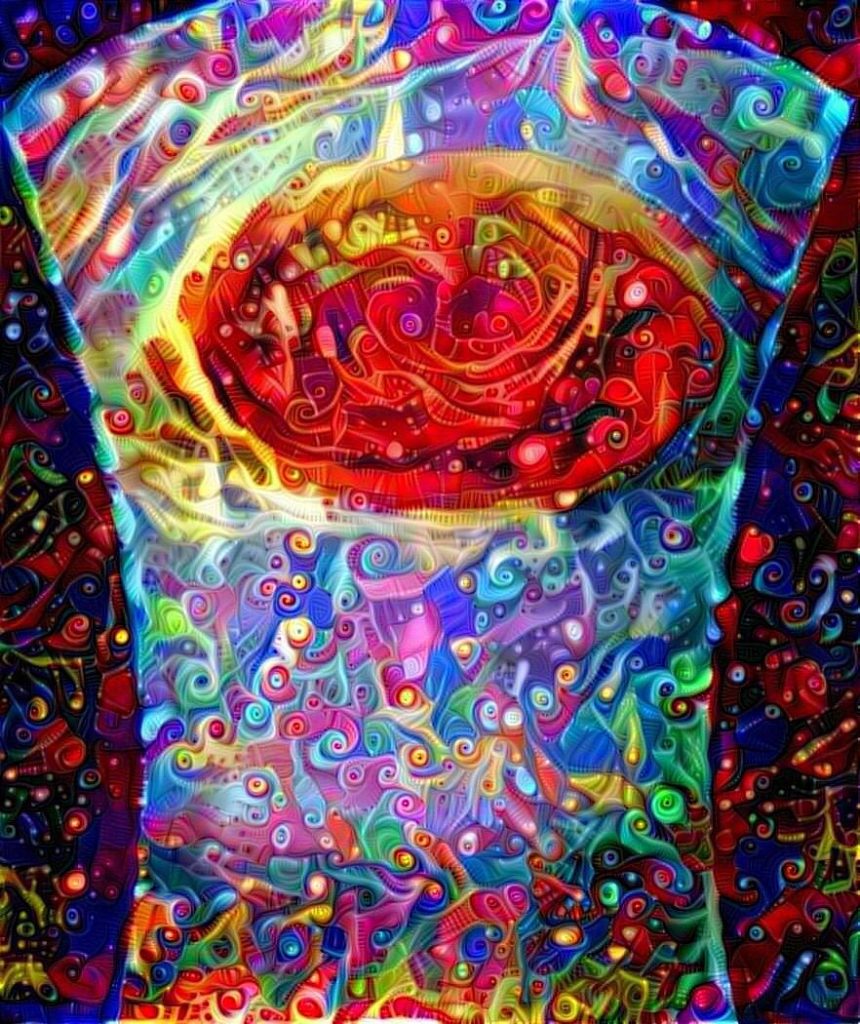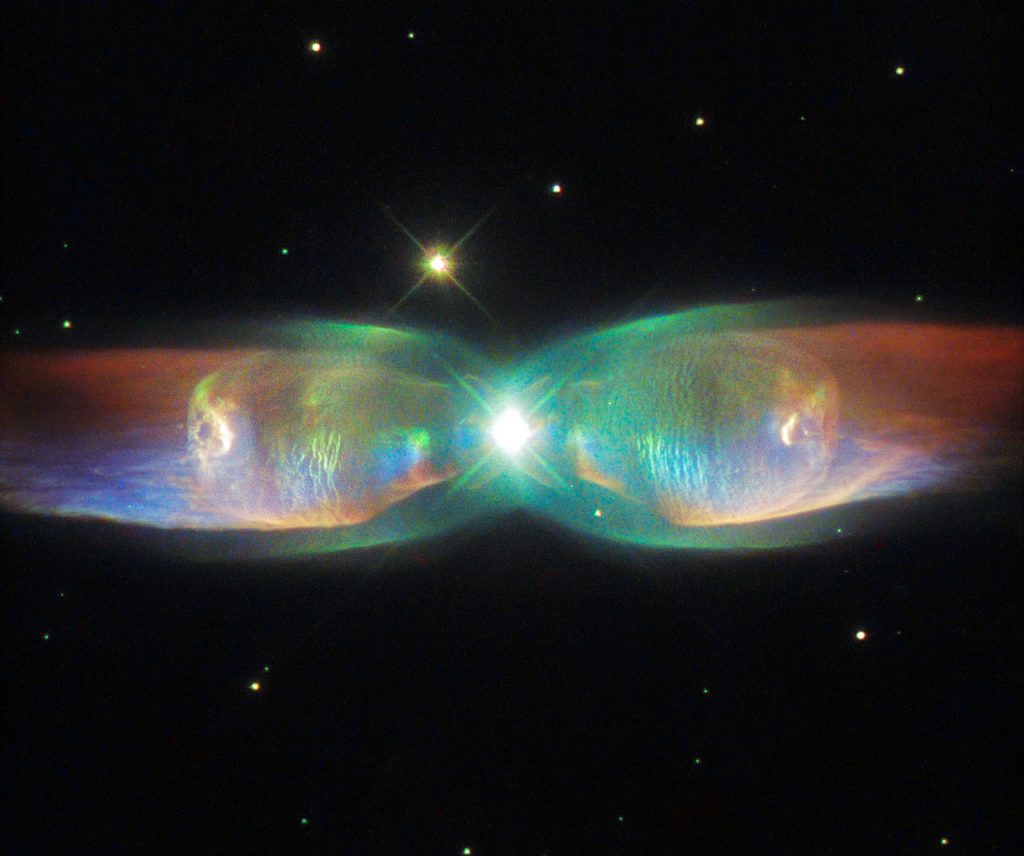
See Jupiter’s Great Red Spot as you’ve never seen it before in this new Jovian work of art.
Artist Mik Petter created this unique, digital artwork using data from the JunoCam imager on NASA’s Juno spacecraft. The art form, known as fractals, uses mathematical formulas to create art with an infinite variety of form, detail, color and light. The tumultuous atmospheric zones in and around the Great Red Spot are highlighted by the author’s use of colorful fractals.
Vibrant colors of various tints and hues, combined with the almost organic-seeming shapes, make this image seem to be a colorized and crowded petri dish of microorganisms, or a close-up view of microscopic and wildly-painted seashells.
This unique composition of art and science is truly Weird Science Stuff!
